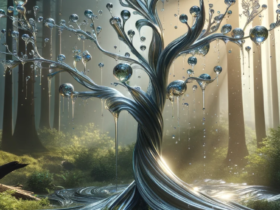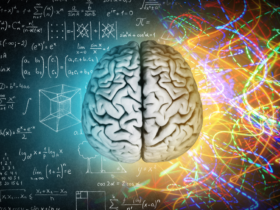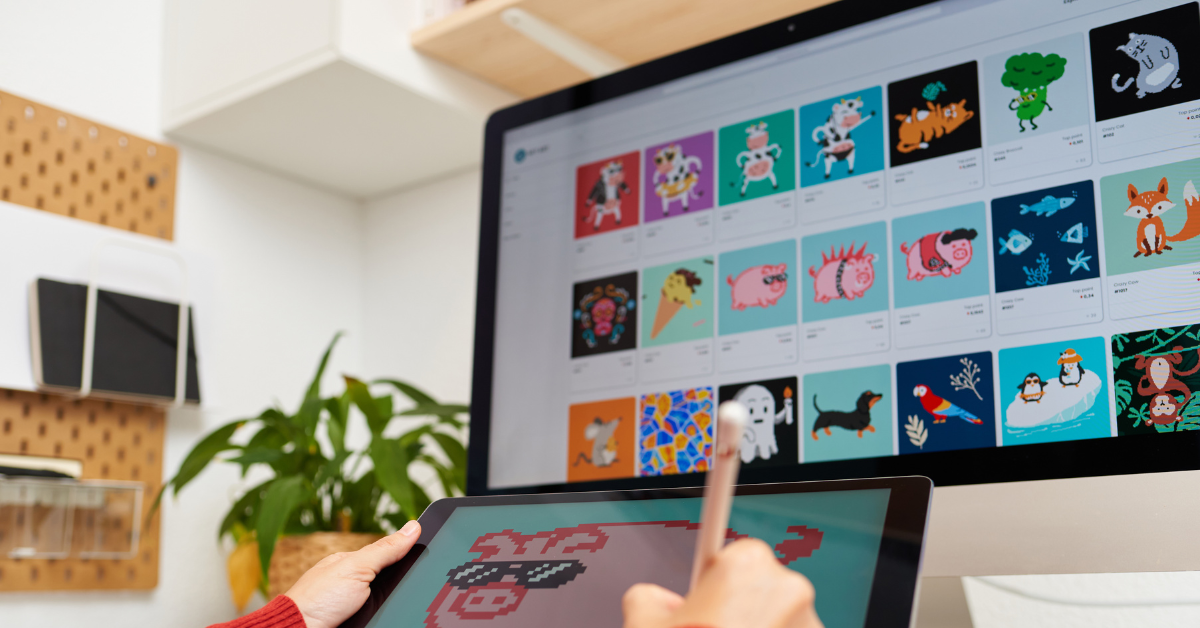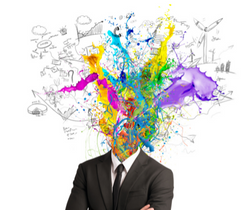In recent years, the art world has been turned on its head by a new digital technology called Non-Fungible Tokens, or NFTs. NFTs are unique digital assets that are verified on a blockchain and have been rapidly gaining popularity in the art world due to their ability to prove ownership and authenticity. In this article, we will explore the rise of NFTs, their impact on the art world, and what the future holds for this revolutionary technology.

What are NFTs?
To understand NFTs, it’s important to understand what a blockchain is. A blockchain is a decentralized digital ledger that records transactions in a way that is transparent, secure, and tamper-proof. This technology was originally developed for Bitcoin and other cryptocurrencies, but it has since been applied to other industries, including the art world.
An NFT is a digital asset that is verified on a blockchain. Unlike cryptocurrencies, which are fungible (meaning one unit of a cryptocurrency is interchangeable with another), NFTs are unique and non-interchangeable. They can represent any digital asset, including images, videos, music, and other media. Each NFT has a unique digital signature that proves ownership and authenticity, making them valuable assets in the art world.
The Rise of NFTs
NFTs have been around since 2017, but they didn’t gain widespread attention until 2021 when a digital artwork by the artist Beeple sold for a staggering $69 million at Christie’s auction house. The artwork, called “Everydays: The First 5000 Days,” was a collage of 5,000 digital images that Beeple had created over the course of five years.
This sale made history as the first NFT to be sold at a major auction house, and it marked a turning point in the art world’s relationship with digital art. Since then, NFTs have been selling for millions of dollars at auction houses, and they have been embraced by artists and collectors alike.
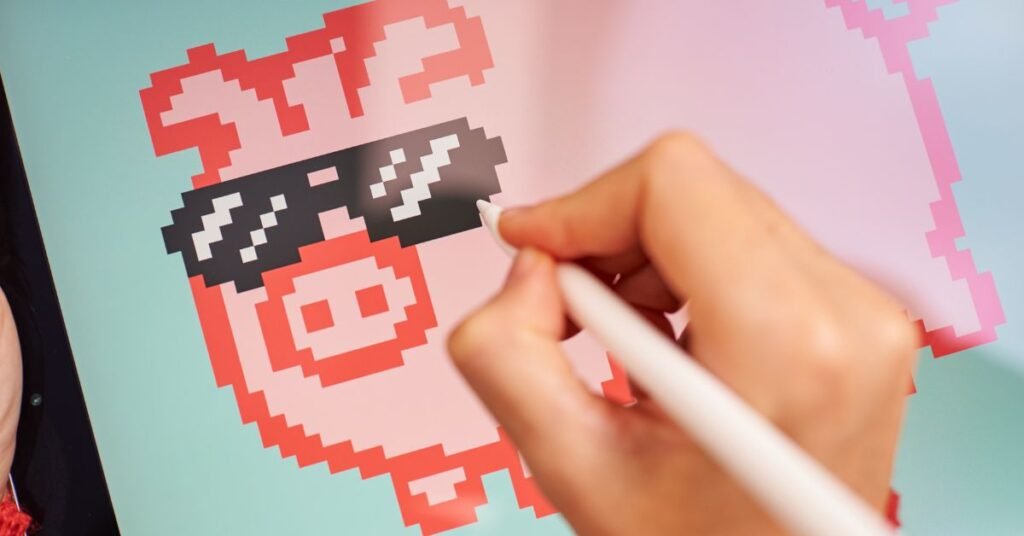
Impact on the Art World
The rise of NFTs has had a significant impact on the art world. Here are some of the key ways in which NFTs are changing the art world:
- Democratization of Art Ownership: NFTs have made it possible for artists to sell their work directly to collectors without the need for intermediaries like galleries or auction houses. This has democratized the art world, making it more accessible to artists and collectors alike.
- Verification of Authenticity: NFTs provide a way to verify the authenticity of digital art, which has been a major issue in the past. With NFTs, artists can prove ownership of their work, and collectors can be sure that they are getting the real thing.
- Increased Value of Digital Art: NFTs have made it possible for digital art to be treated as valuable assets, which was not possible before. This has led to a rise in the value of digital art and has given artists more opportunities to monetize their work.
- Expansion of the Art Market: NFTs have expanded the art market to include digital art, which was previously excluded from traditional art markets. This has opened up new opportunities for artists and collectors and has expanded the definition of what art can be.
- Creation of New Art Forms: NFTs have created new opportunities for artists to experiment with new art forms, including interactive and immersive art experiences that were not possible before.
The Future of NFTs
As NFTs continue to gain popularity, their future in the art world looks bright. Here are some of the ways in which N
FTs are expected to shape the future of the art world:
- Continued Expansion of Digital Art: As NFTs continue to gain acceptance in the art world, it is expected that more and more artists will start creating digital art that can be verified on a blockchain. This is likely to lead to a further expansion of the art market, as more collectors are drawn to this new form of art.
- Integration with Physical Art: Some experts predict that NFTs will eventually be used to verify ownership and authenticity of physical artworks as well. This would make it easier for collectors to buy and sell physical art without the need for intermediaries like auction houses.
- Increased Adoption of Blockchain Technology: As the art world becomes more familiar with blockchain technology through NFTs, it is expected that more and more art-related businesses will start using blockchain technology for other purposes, such as provenance tracking, logistics, and copyright management.
- Emergence of New NFT Platforms: With the popularity of NFTs, it is expected that new platforms will emerge to facilitate the buying and selling of NFTs. These platforms are likely to offer new features and functionality that will make it easier for artists and collectors to interact with NFTs.
Conclusion
NFTs are revolutionizing the art world by providing a way to verify ownership and authenticity of digital assets. This has led to a democratization of art ownership, increased value of digital art, and expanded opportunities for artists and collectors. As NFTs continue to gain acceptance in the art world, it is expected that they will shape the future of the art world by expanding the art market, integrating with physical art, increasing adoption of blockchain technology, and enabling new platforms for buying and selling NFTs. It’s clear that NFTs are here to stay, and they will continue to have a significant impact on the art world for years to come.
Also read about our post on How Rakuten Trade Can Help You Make Informed Investment Decisions


































